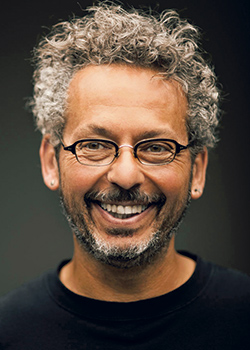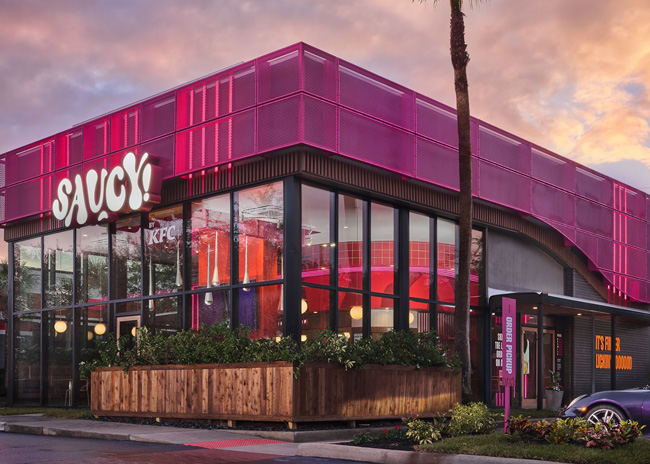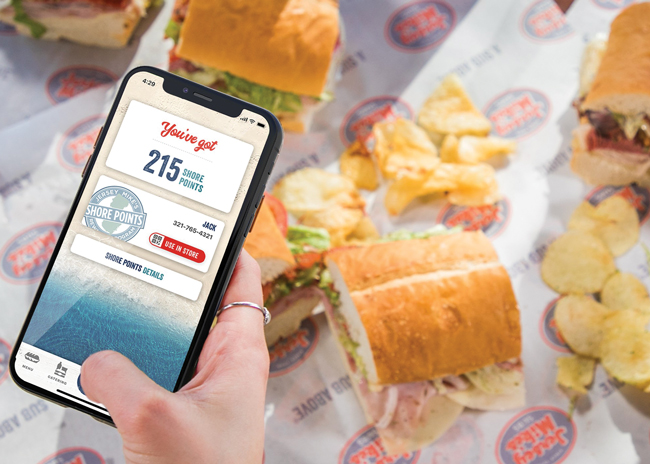Ari Weinzweig and Paul Saginaw started Zingerman’s Delicatessen in 1982 with a $20,000 loan, a staff of two, a selection of specialty foods and a short sandwich menu served from a small corner building in Ann Arbor, Mich. Today, Zingerman’s is a Michigan institution with annual revenues approaching $40 million. Zingerman’s has grown to include a creamery, a bakery, a coffee company, candy manufacturing and mail order, among others. It also operates ZingTrain consulting and plans to open a Korean restaurant in 2016. Weinzweig says great products and long-term vision drive the company.
rd+d: You talk about visioning being the key to designing great businesses. How is that applied at Zingerman’s?
 Ari Weinzweig, Co-founder Zingerman’s Community of BusinessesAW: It drives everything we do; every project or new business starts with a long-term vision for what success looks like. It’s developed by all managing partners working together. It’s written out in detail and reviewed by lot of team members who provide input. Our most recent corporate vision statement, for what we want our company to look like in 2020, was completed in 2007. It imagines what greatness will look like for us in very specific ways that are important to us. These range from sustainability, to operating a vibrant group of local businesses, to providing a path to partnership for our associates, to having radically better-tasting food and service.
Ari Weinzweig, Co-founder Zingerman’s Community of BusinessesAW: It drives everything we do; every project or new business starts with a long-term vision for what success looks like. It’s developed by all managing partners working together. It’s written out in detail and reviewed by lot of team members who provide input. Our most recent corporate vision statement, for what we want our company to look like in 2020, was completed in 2007. It imagines what greatness will look like for us in very specific ways that are important to us. These range from sustainability, to operating a vibrant group of local businesses, to providing a path to partnership for our associates, to having radically better-tasting food and service.
rd+d: How often between 2007 and 2020 might that vision statement be adjusted?
AW: It won’t be, because the vision is about what you want your company to be in the future. The strategic plan, which is how you’ll get there, might change every year, but the vision doesn’t.
rd+d: Where does new concept development fit into the visioning process?
AW: We opened the deli in 1982, and it wasn’t until ’94 that we wrote our first formal vision statement, which was for 2009. We like unique things, so from the beginning, we were clear that we never wanted to open more than one deli. Our first 15-year vision outlined this community of unique businesses. It wasn’t like, “Here’s what we have, now how do we spin off of it?” Rather, it was “Where are we going, and how do we want to be living in the future?” All of our concepts startwith great products, and they’re largely driven by the ideas and vision of our managing partners.
rd+d: Creating a vision is one thing, but sticking to it as your company grows must be challenging.
AW: It can be. A lot of companies start with a founder who has a great vision, even it’s it not written down. But what happens to them is what happened to us: Before long, they achieve their original vision. The problem is they never write a new one, and over time, management or ownership changes, the market evolves, and they lose their way. It’s like if you have a beautiful Frank Lloyd Wright house, and your cousin is in construction so you have him add on a pool and a garage. Then, the next owner doesn’t like the pool, so he fills it in but also adds a second-story bedroom. Before long, this beautiful design looks like a mess, and people wonder what happened. The same thing happens with businesses. They just keep adding on because the work and the pressure to grow keep coming. Pretty soon, what started as a well-designed business becomes a hodgepodge of styles that different CEOs have added onto without a vision. That’ll never get you to greatness.



